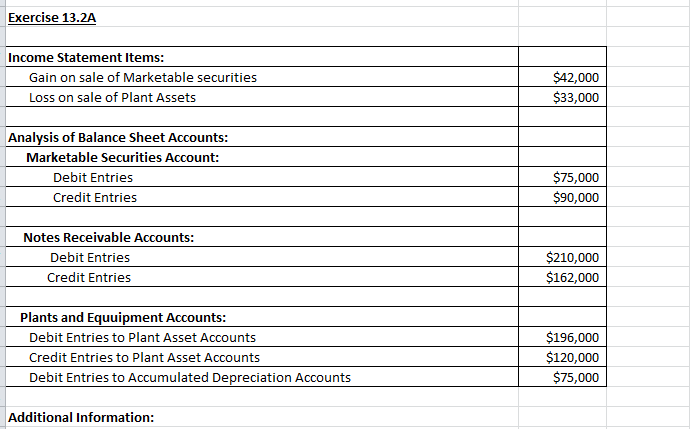
Prudential lists on the income statement as net investment income, such as below. Fair value means the security’s fair value relates to the value the security will trade for on the market. For example, if a T-bill is trading at $104, the company will list the T-bill at a fair value of $104. This would mean that they shouldn’t be used as the main form of investment securities. But if you are looking to have a steady stream of low returns, then they are a good option.
The current ratio
When a company plans to hold marketable securities for over a year, the company records the value of the marketable securities on the non-current assets (long-term assets) section of the balance sheet. Marketable securities are financial assets that are easily traded on public markets and can be quickly converted into cash. As such, marketable securities are typically classified as current assets on the balance sheet, alongside cash and cash equivalents, accounts receivable, and inventory. Marketable securities are assets that can be quickly liquidated into cash. This type of security is typically traded on an exchange and can include stocks, bonds, and other financial instruments. In addition, these securities tend to offer a higher yield than other types of investments, such as CDs or money market accounts.
The Quick Ratio
- Each issued bond has a specified par value, coupon rate, and maturity date.
- The fair value of held-for-trading assets is determined using active market prices, if available.
- For example, life insurance policies, referred to as long-tail premiums, have a long life span, often 20 to 30 years.
- An investor who analyzes a company may wish to study the company’s announcements carefully.
- Depending on the current state of the market conditions, bonds can also sell for more than par.
When analyzed over time or comparatively against competing companies, managers can better understand ways to improve the financial health of a company. A company usually must provide a balance sheet to a lender in order to secure a business loan. A company must also usually provide a balance sheet to private investors when attempting to secure private equity funding. In both cases, the external party wants to assess the financial health of a company, the creditworthiness of the business, and whether the company will be able to repay its short-term debts.
What Is Included in the Balance Sheet?

They have the right to vote for the board of directors in the annual meeting. Investing in marketable securities can be a risky proposition, as their value can fluctuate rapidly. However, they can also stimulus payments provide investors with the opportunity to earn high returns. Analyzing companies’ income statements and balance sheets is crucial in understanding any company, especially an insurance company.
This can be used to fund any of the company’s operations and expansions. Most market participants have little or no exposure to these types of instruments, but they are common among accredited or institutional investors. Marketable securities can also come in the form of money market instruments, derivatives, and indirect investments.
Marketable Securities are unrestricted financial instruments that can be sold or converted into cash in less than one year. So when we see the fair value on the balance sheet, the fair value equals what the security would be worth if the company sold it at the time of the financial statement. The returns are typically quite low as marketable securities are liquid and safe. The main purpose of marketable securities is to have cash on hand that is still making the business a return.
Different accounting systems and ways of dealing with depreciation and inventories will also change the figures posted to a balance sheet. Because of this, managers have some ability to game the numbers to look more favorable. Pay attention to the balance sheet’s footnotes in order to determine which systems are being used in their accounting and to look out for red flags. The balance sheet provides an overview of the state of a company’s finances at a moment in time.
Equity securities are the equity in which the company sells its ownership to the public market. Equity securities holders are the owner of the companies (issuer) and will benefit when the company makes a profit by receiving the dividend. The equity holders will have an influence on company strategy depending on the share percentage.
